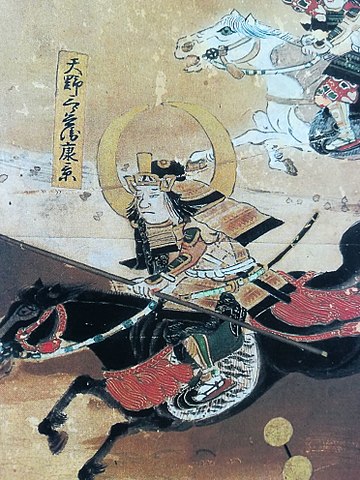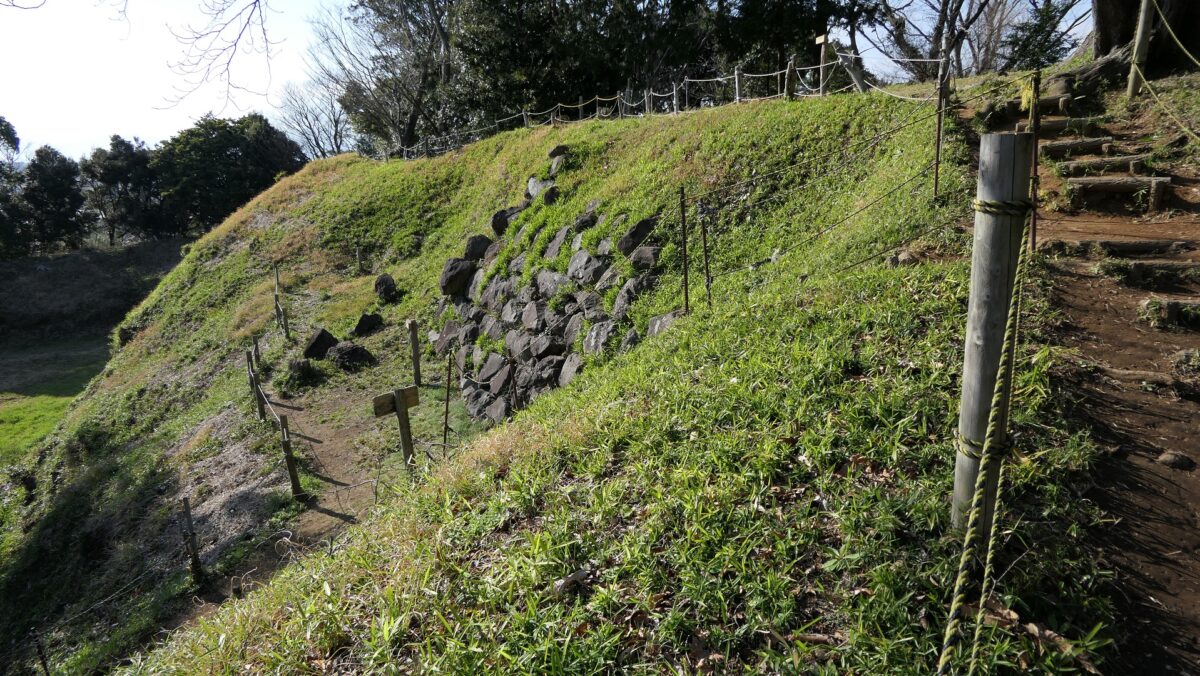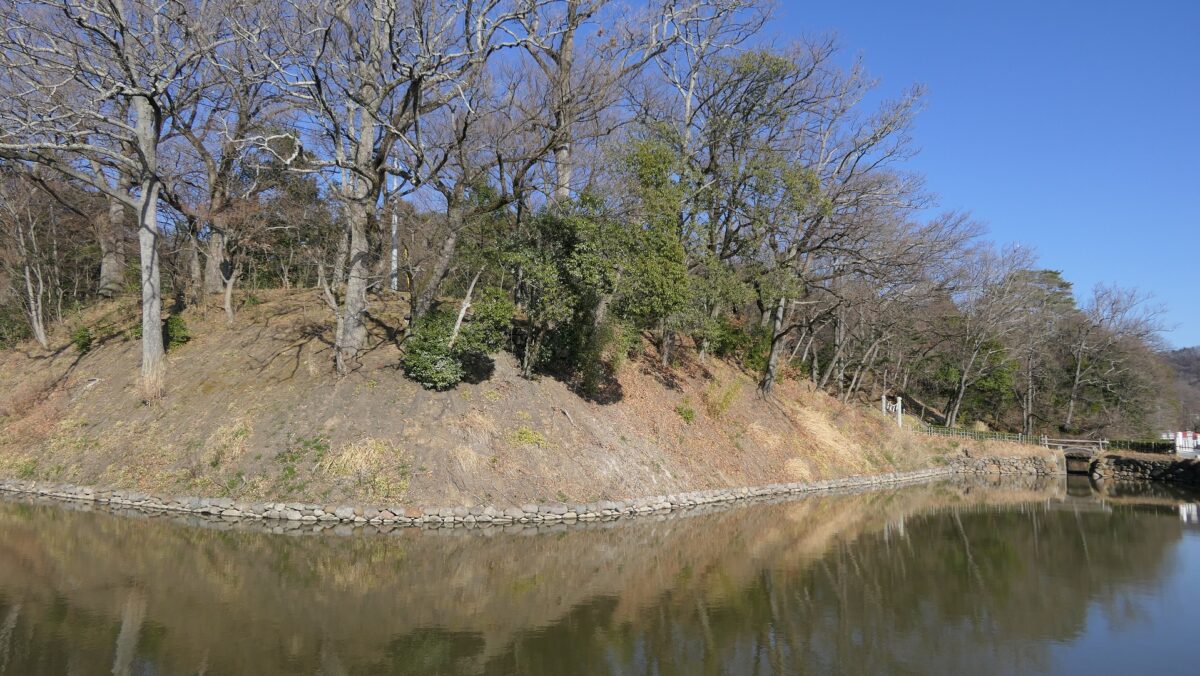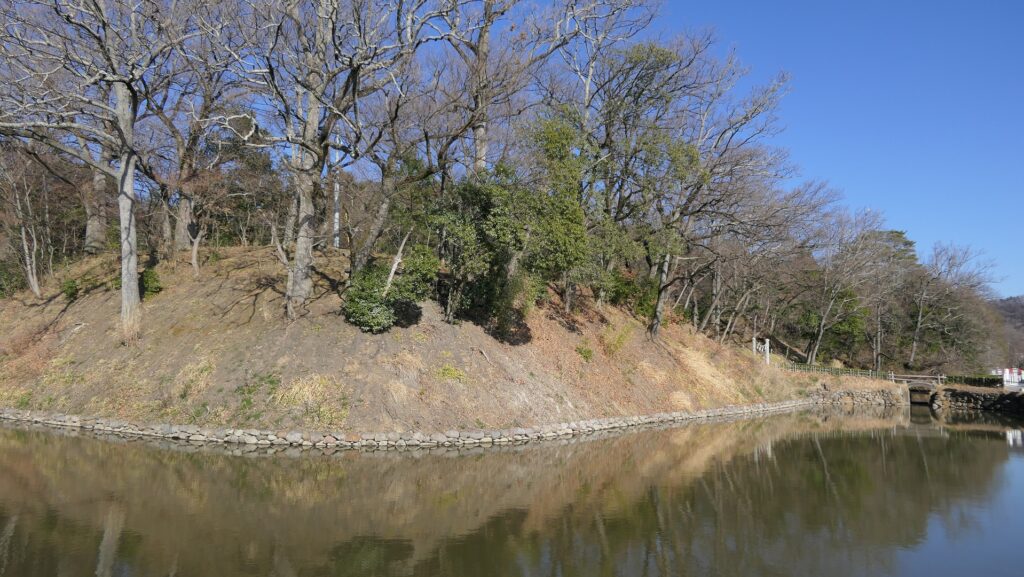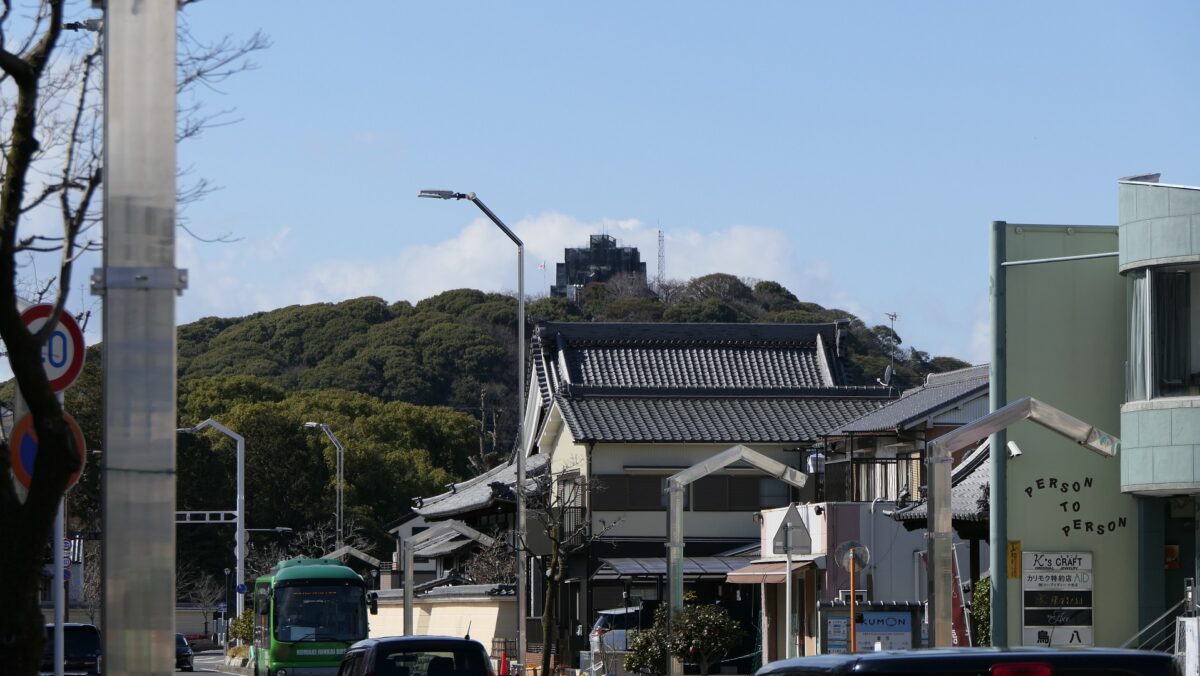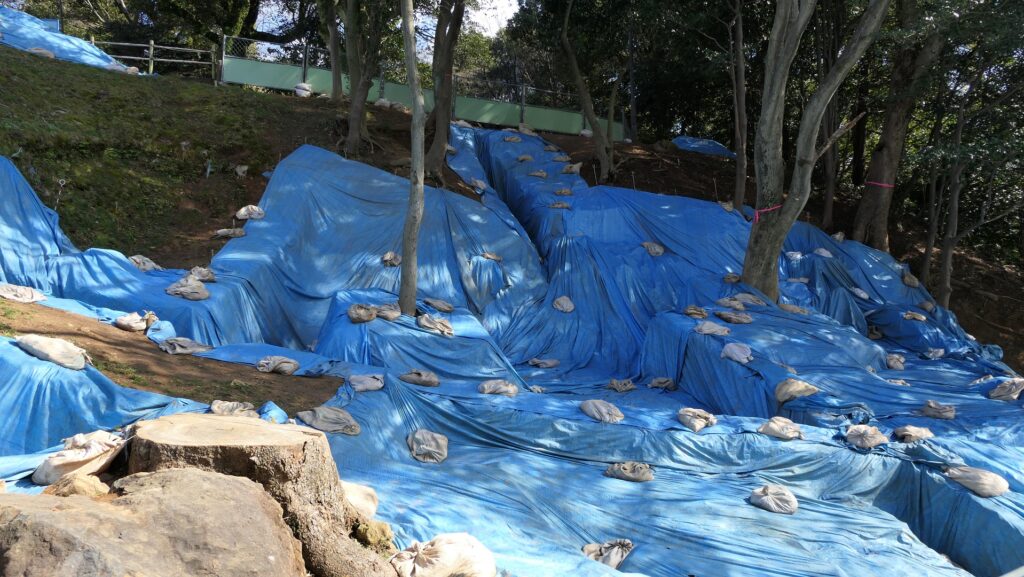Location and History
Kokokuji Castle was located in what is now Numazu City, Shizuoka Prefecture. The area of the city was in Suruga Province (now central part of Shizuoka Pref.) which many warlords tried to take over in the 16 Century during the Sengoku Period.
The location of the castle and the range of Suruga ProvinceThe castle was on the southern edge of the hilly terrain of Ashitaka-yama Mountain. There was a marshland to the south, east and west of the castle which was as natural hazard that helped to protect the castle. The castle was built using the natural terrain of the mountain and marshland. The castle was also an important point for transportation. A road at the foot of the mountain called the Nekata Road passed beside the castle. In addition, the Takeda Road close to the castle ran from the Nekata Road to the Tokaido Road at the seaside.
A relief map around the castle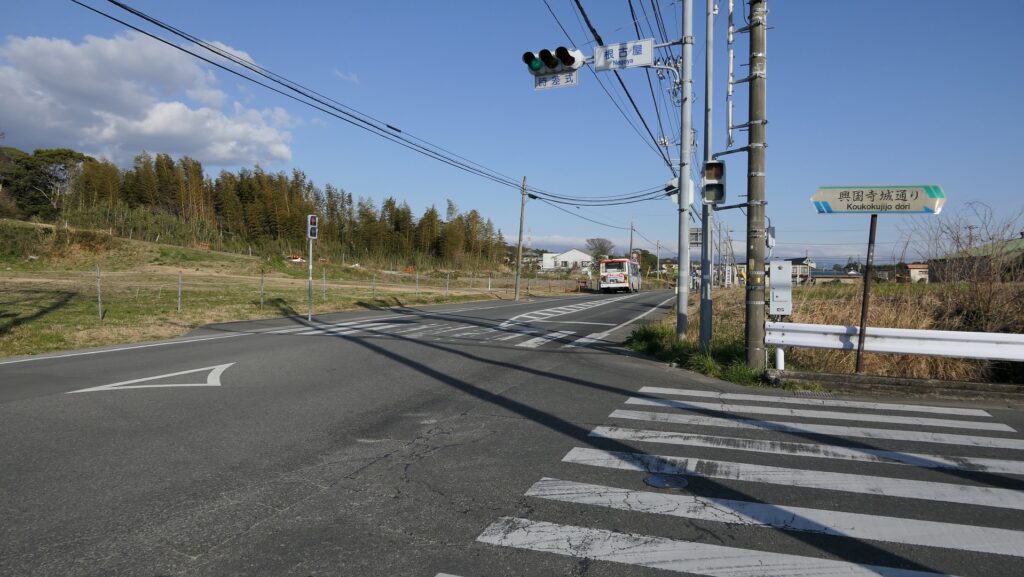
The castle mainly consisted of three enclosures on the hill in a terraced manner. The Main Enclosure was at the highest, and there was a large deep dry moat behind the enclosure to prevent enemies’ attacks from the north. The castle even had ports on both sides for ships on the marsh.
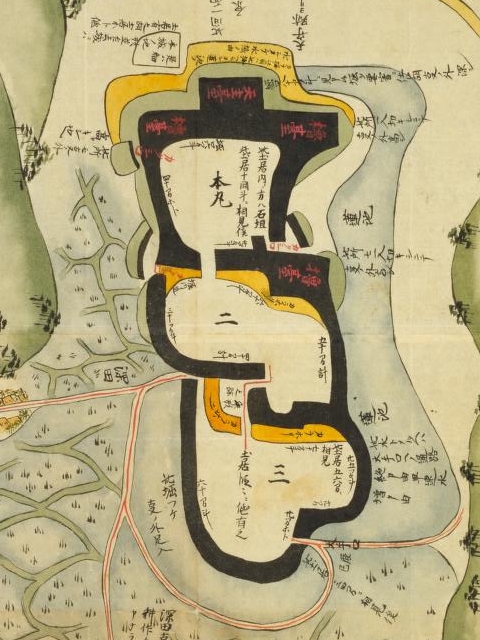
The castle itself might have been simple but is well known for its history. This is because some history books say that Kokokuji Castle was the first castle for a famous warlord, Soun Hojo to govern. He was one of the earliest warlords in the late 15 Century who supported the Imagawa Clan in Suruga Province. He was given the castle by the clan in 1487. His success story starts at this castle, and he went on to capture a part of the Kanto Region. His descendants followed in his footsteps to capture the other parts of the Kanto Region.
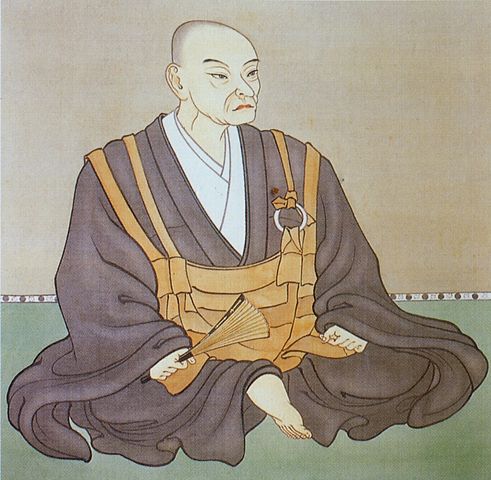
However, there is no other evidence of the castle existing at the same time as Soun. The first appearance of the castle in a public document can only be traced back to 1549. At that time, Yoshimoto Imagawa ordered that the Kokoku-ji Temple be moved to another location to make space for building a new castle there. What is the truth about the matter? A historian gives us an interesting hypothesis that the castle was a temple called Kokoku-ji when Soun owned it. Kokoku-ji is originally a name of temple (“ji” means temple in Japanese). Kokokuji Castle is thought to be named after the Kokoku-ji Temple.

The historian suggests another speculation about why the castle was built. A period of peace once came to the area around Suruga Province with Imgawa, Hojo, and Takeda Clans when the castle was built. Castles were basically built for battles, but Kokokuji Castle might have been built for the meeting with the three clans or as a symbol of peace. It is said that the three clans had a conference for their alliance at the Zentokuji-Temple. The temple may have been Kokokuji Caste.

Unfortunately, the alliance broke in 1568, while Kokokuji Castle was involved in war. The lords of the castle were rapidly changed several times from the Imagawa Clan to the Hojo, Takeda, Toyotomi, and Tokugawa Clans. As the number of the lords increased, the range of the castle seemed to become larger. In 1601, Yasukage Amano under Tokugawa became the last lord of the castle and the founder of the Kokokuji Domain. He governed the area well, but he ran away from the castle because of trouble between his citizens and others. The castle was finally abandoned when the domain was abolished in 1607.
